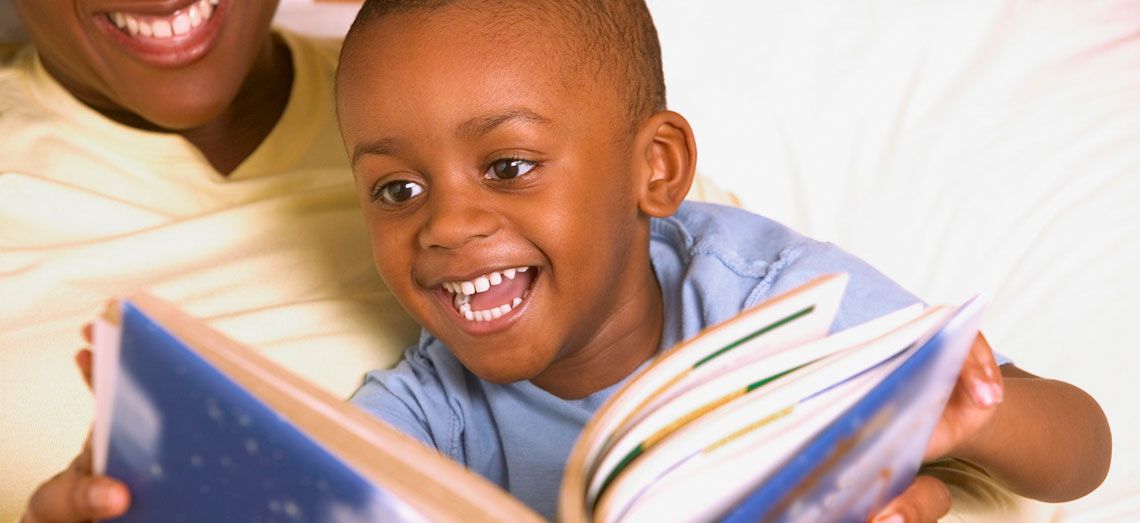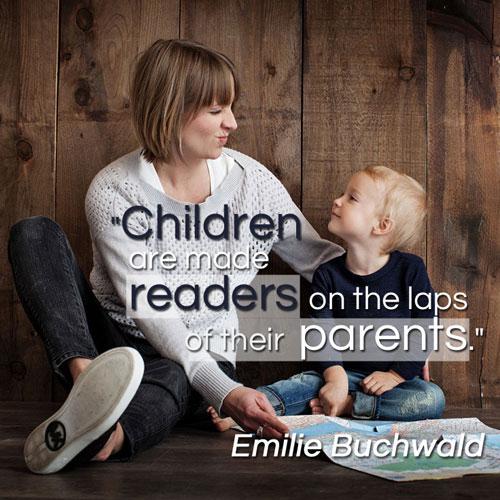by Lucy Windevoxhel
Books
Read books with lots of repetition such as "Brown Bear, Brown Bear What do you see", "The Very Hungry Caterpillar" and "I went Walking"
After a book has been read many times, pause before the last word: Brown Bear, Brown Bear What do you ____?
Read books that use rhyme such as any Dr.Seuss book! Rhyming aids in development of phonological awareness which aids in reading.
Sign and Read: If you know some sign language, pair signing with it. There is some research that supports that signing and reading enhances comprehension and helps develop literacy skills.
Music
Sing children's songs everyday : Old McDonald, Twinkle Twinkle and Itsy Bitsy Spider are only a few examples of traditional children's songs. The music, rhyme, rhythm and simple vocabulary in these songs all aid in language development.
When a song has become familiar sing and pause to see if your little one can complete the verse: "Twinkle Twinkle Little ____"
Sing and Sign songs with your little one. Once again, research supports that signing songs enhances vocabulary, language development and helps develop literacy skills.
Everyday Routines
Do not always anticipate your child's needs. Create opportunities to communicate. If you know your child wants something give him the opportunity to express it. I'll give you some examples, but be creative and make sure the activities you design are appropriate for your child's age and abilities.
Interpret: If your child points to water while saying ahh ahhh! You interpret this as a request.
Model the right word : Now, that you know he wants water you say "WATER?"
Add: Now you may add another word "WANT WATER"...... "HERE IS YOUR WATER"
Break a routine, surprise your child, get it wrong: During bath time take all his clothes except his shirt and put him in the tub, see if he comments, otherwise you can say "Silly Me! I forgot to take off your shirt!" Or tell him to throw you the ball, without giving him a ball, put socks on hands (yours or his). The idea is to create an opportunity for him to comment and then you build by modeling and adding.
Give your child choices: Instead of asking "Do you want water?" (this could generate a head nod or shake), you can ask "Do you want water or milk?"(this will generate a more specific response). Giving choices also helps diminish typical "terrible two" behaviors and avoiding the dreaded "NO!" from your child. After all, you are not asking a yes/no question.
Turn-Taking Activities: Throwing and catching a ball, playing peek-a-boo, blowing and popping bubbles. Conversation is the ultimate turn-taking goal, so we need to start encouraging turn-taking behaviors in infancy.
Limit/eliminate TV: Refer to the article TV or Not TV
I hope these guidelines and ideas help you enhance your every day interactions with your young child. Use these as guidelines only. You know your child best and you can tailor these ideas to fit your child's age, abilities and interests to enrich his language!



